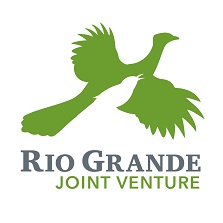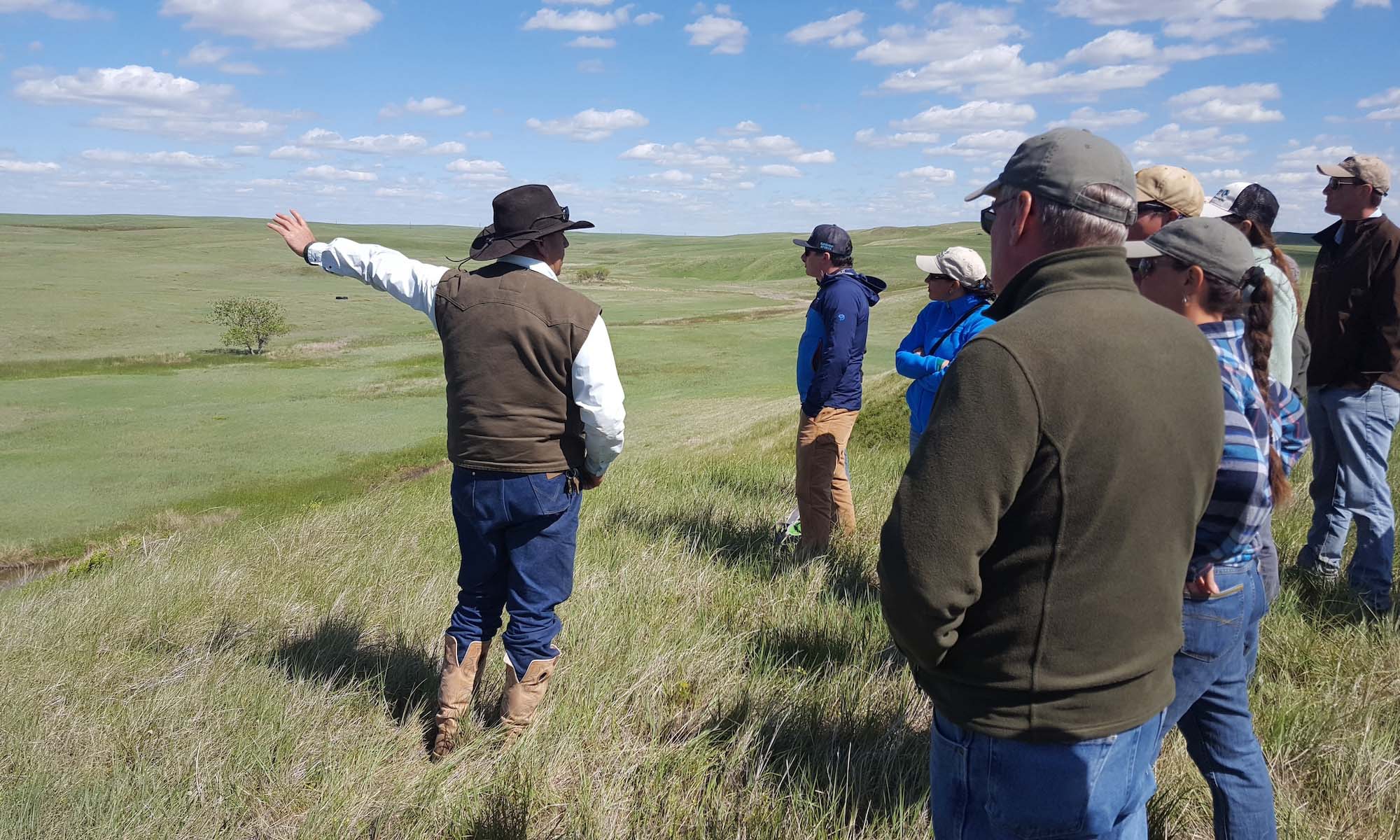
Rio Grande Joint Venture
Land Protection
The RGJV geography encompasses the Chihuahuan Desert and Tamaulipan brushlands ecoregions and includes extremely diverse plant and wildlife communities – including grasslands – which are among the most at risk of degradation and destruction. As such, land protection programs focus on delineating grassland priority conservation areas (GCPAs) and on providing informational, financial, and technical resources to land and water stewards in order to enhance and restore those habitats. GPCAs comprise some of the largest blocks of contiguous grassland habitat for priority species, and are at risk of conversion to other land uses. The network of GPCAs comprises nearly 40 million acres, of which only 5% or about 2 million acres is protected. For the Mexican GCPAs, a conservation Investment Strategy is being developed that will identify acre and bird population targets.
Grassland Restoration
The RGJV supports landowners interested in grassland restoration and enhancement with technical and financial assistance through our South Texas Grassland Restoration Incentive Program and Chihuahuan Desert Conservation Partnership. We are working with NRCS, Texas Parks and Wildlife Department, USFWS, Borderlands Research Institute (at Sul Ross State University), and other partners to identify how to align programs to scale up what we are collectively able to achieve on the landscape for migratory grassland birds, quail, pronghorn, and other wildlife. The RGJV is currently in the process of developing geographically-specific grassland restoration and enhancement goals.
In the Chihuahua Desert, an estimated 100,000 acres of restored habitat is achievable in 5 years at a cost of $6 million.
For riparian habitats, 5-year achievable goals: 5,280 linear feet at a cost of $238,000.
Grassland Enhancement/Management
Landowners who participate in grasslands restoration programs sign agreements to defer grazing on restored or enhanced areas for at least two seasons post-restoration, and sometimes longer depending on weather conditions. RGJV and partners promote regenerative grazing practices for all rangelands throughout the geography and provide educational and technical assistance, through partner organizations, on sustainable grazing management.
Wetland Conservation
Desert grassland streams are important for groundwater recharge, flood mitigation, riparian habitat, and long-term ecosystem viability, but drought and persistent upstream water over-use greatly impacts their ability to contribute to grassland water storage. Studies have shown that up to 70% of avian species in the desert Southwest depend upon riparian habitats for survival at some stage of their life. In the Chihuahuan Desert, RGJV is working with partners to implement low-tech process-based restoration techniques to enhance functioning in desert grassland streams. RGJV partners in Mexico are implementing extensive wetland restoration projects with funding from Ducks Unlimited Mexico and other sources.

